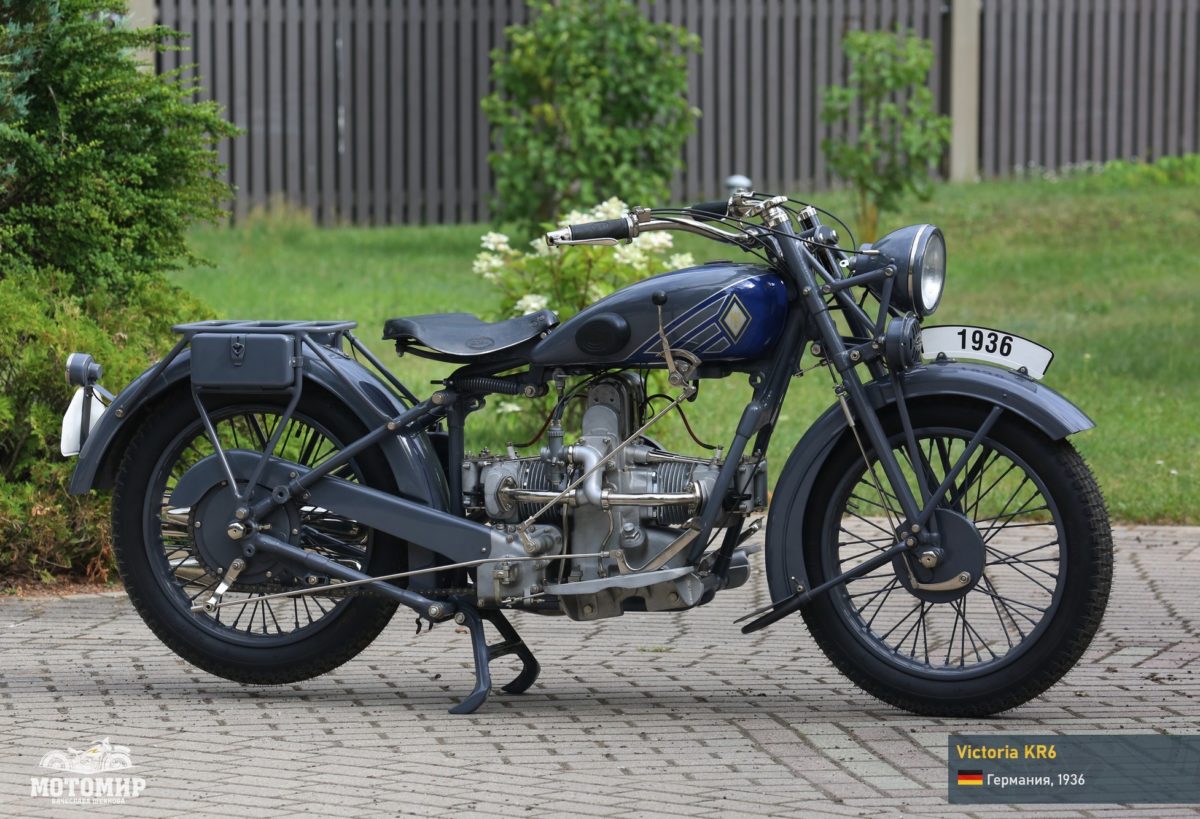This entry is also available in: Russian Chinese (Traditional)
Victoria was a bicycle manufacturer in Nuremberg, Germany, producing motorcycles from 1901 to 1966. It should not be confused with the lesser-known and unrelated Victoria Motorcycle Company in Glasgow, Scotland, which made motorcycles from 1902 to 1928.
In the first decades of its existence, Victoria in Nuremberg did not produce its own engines, but used engines purchased from Fafnir, FN, Minerva and Zédel.
When BMW began producing its own motorcycles, Victoria switched to producing its own engines. In 1923, Victoria produced the KR 2 with a two-cylinder engine with an overhead valve arrangement (OHV) producing 9 horsepower (6.7 kW). In 1924, Victoria produced the KR 3 with 12 hp (8.9 kW). (8.9 kW) with a 3-speed transmission. In 1925, Victoria built Germany’s first forced induction engine, and in 1926, the 496cc Victoria set a motorcycle speed record of 165 km/h (102.5 mph). In 1927, Victoria produced the 596cc KR 6 (KR VI). Based on this model, the factory offered a high-speed sport model with two carburetors rated at 24 hp. (18 kW), later called the KR 7.
At the same time, Victoria also offered 200cc KR 20 models with side valves and 350cc KR 35 models with overhead valves. In 1930/31. Victoria added to its range models KR 50 (with side valves) and KR 50 S (with overhead valves), the engines for which were produced by British Sturmey-Archer, known for its gearboxes.
In 1932, Victoria took first place in the “Motorcycles with Strollers” class at the European Hill Climb Championship. The winner was the 600cc KR 6 motorcycle. After that, the company began offering the KR 6 model with 20 hp. (15 kW) with a four-speed transmission. It was after this victory that the motorcycle earned the nickname “Bergmeister” – “Master of the Mountain”.
1932. The New Era.
After 1932, a new era of the two-cylinder Victoria motorcycle began. Below is a list of key changes to the new season model:
- The use of drop-center safety rims began.
- Since August 1931, the speedometer moved into the gas tank. The speedometer was driven from the rear wheel.
- Seats became sprung and adjustable.
- Front wheel replacement support with fixation at the bottom of the front fender.
- The foot clutch lever is located on the left now, the drive to the gearbox through the linkage.
- Modified the steering column.
- Since August 1931 the steering fittings were supplied by Greatzin.
- Electric lighting became “basic” equipment from August 1931.
- Twin mufflers of the exhaust system, one above the other.
- All the shiny parts are no longer nickel-plated, but chrome-plated.
In April 1932, in addition to the unchanged 1931 model, the KR 6 “Luxus” was offered. This version already had a four-speed gearbox with a gearshift mechanism on the frame:

The single-row primary chain was replaced by a duplex chain running in an oil bath. The diameter of the flywheel was changed to allow a three-piece, oil-tight aluminum casting to be installed over the primary drive.
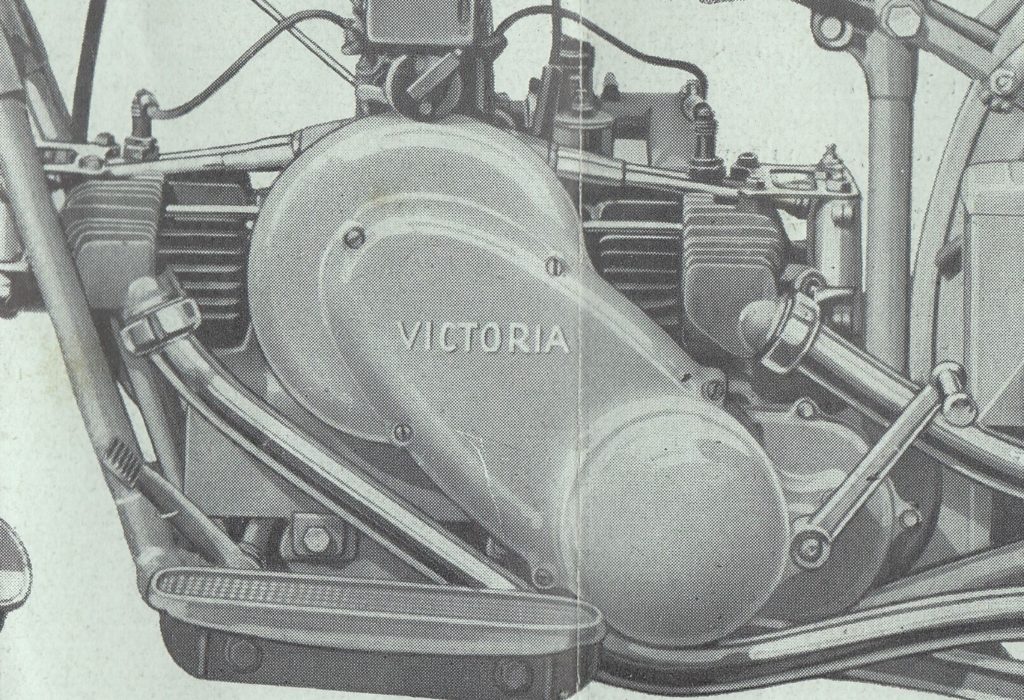
This luxury variant stood out for its sporty design, even though no changes were made in terms of performance enhancements.



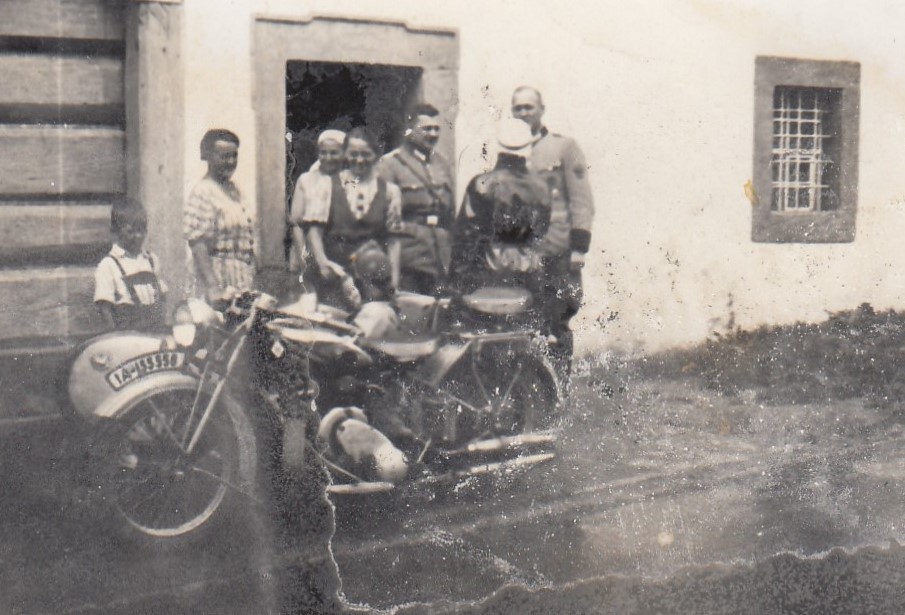

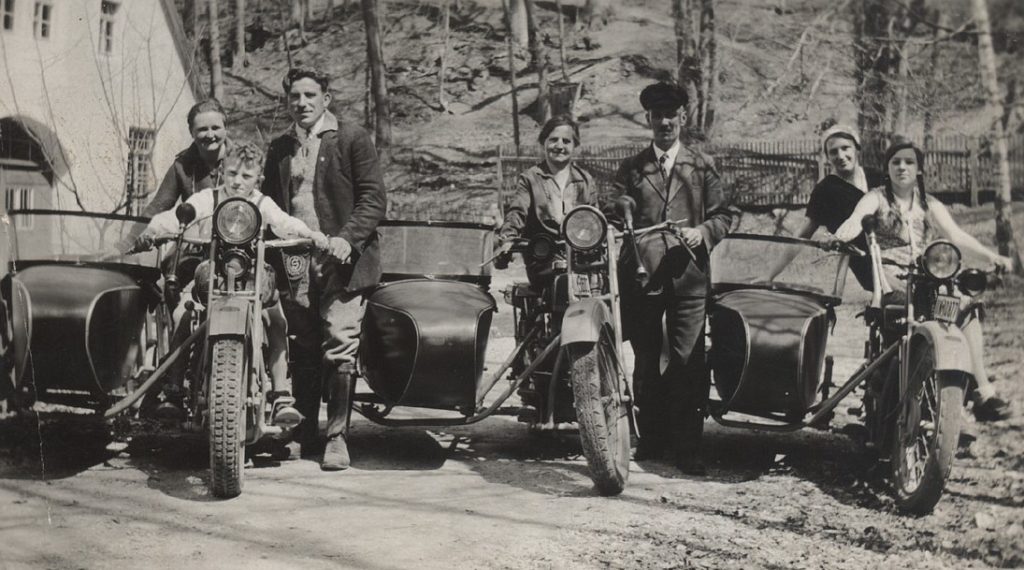
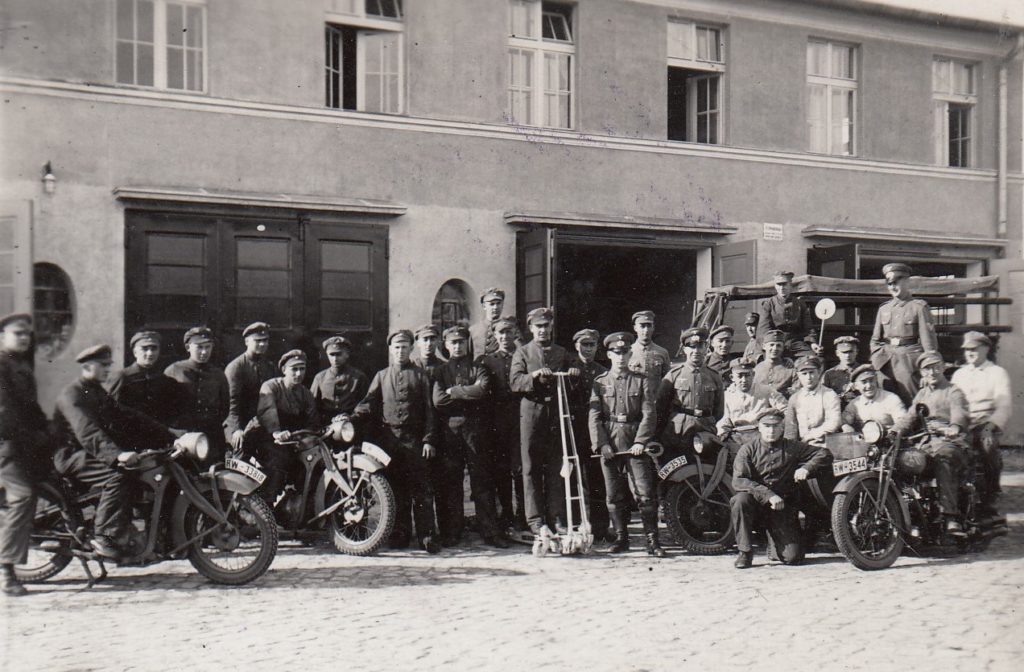
Victoria KR 6 model “Bergmeister” – 1933/1934
Although the KR 6 “Luxus” was dropped from the lineup, it paved the way for far-reaching changes in the Bergmeister model. The first cars went on sale in February 1933, but still in a single carburetor version.
The innovations of the 1933 model are shown below.
- Increased compression ratio, increased power up to 25 hp, lightweight engine head.
- Transverse finning of the cylinders.
- Installation of forced cylinder cooling behind the flywheel.
- Four-speed transmission in the “basic” version.
- The speedometer and clock are mounted on top of the fork – the speedometer is driven from the front wheel.
- Very short footrests.
- The image on the tank is now the logo of Angel Victoria.
- Fully enclosed secondary drive chain.
- Reinforcing the frame at the front, before it “splits”.
- New mount on the front fork for the headlight.
- Шины 27 x 4″.
- Both exhaust manifolds lead to the same muffler.
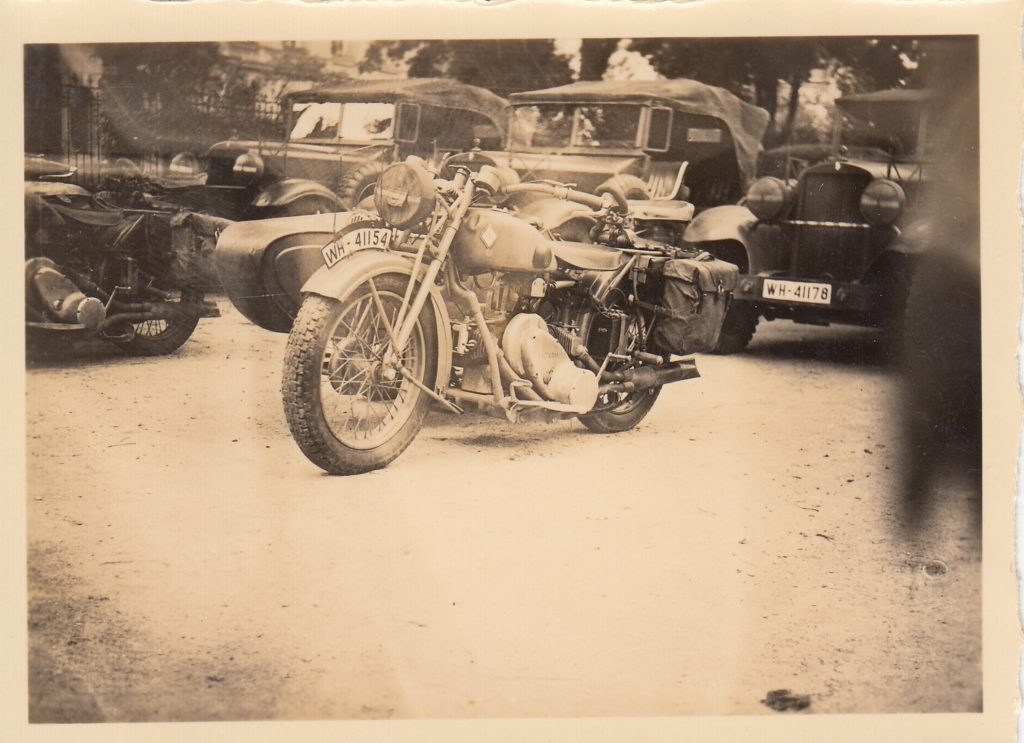
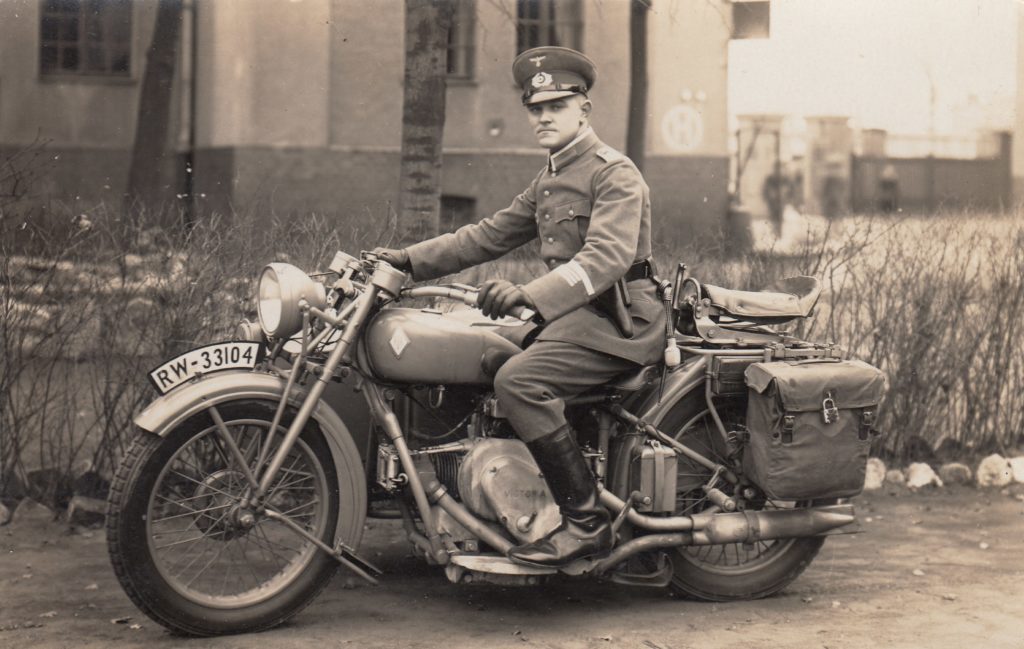
After a while, Victoria equipped the Bergmeister with two carburetors, which had a beneficial effect on performance.
The following photos show a Victoria “Bergmeister” with a dual carburetor (Graetzin) system with the expectation of winning the new racing season.
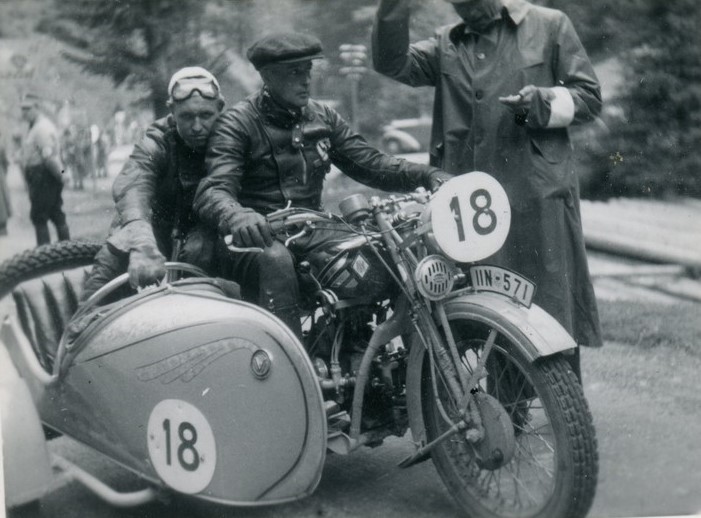
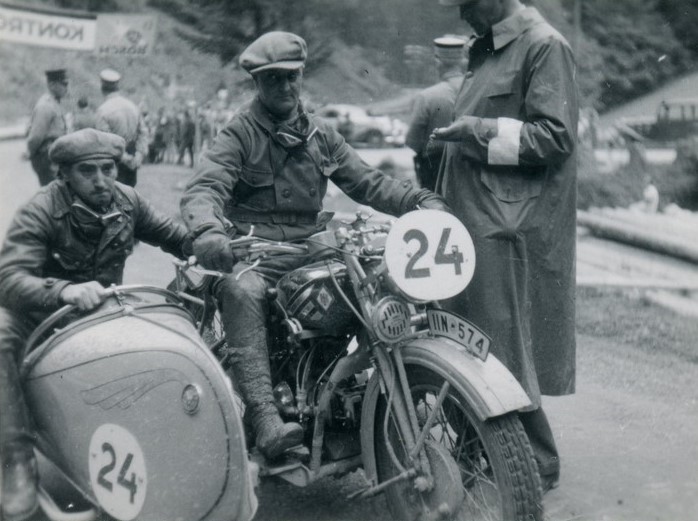
Victoria KR 6 model “Bergmeister” 1935
The models of the two series (with one and two carburetors) were produced without changes. As preparations for general armament began, the Victorian factories had to adapt their program to these conditions. The customers were increasingly police, Reichswehr, and various authorities, who mainly ordered motorcycles with sidecars. In contrast to the standard models, there were now so-called RW models. These motorcycles were strategically designed for emergencies and featured reduced weight and ease of operation.
The main differences on the RW-versions:
- The frame has been slightly reduced.
- Exhaust system with a single muffler.
- The clutch cover on the primary chain guard is removable now.
- New handlebar hardware made by Magura.
- Headlight with built-in speedometer.
- Four-point suspension for sidecar.
- The color scheme is black and gray – matte.
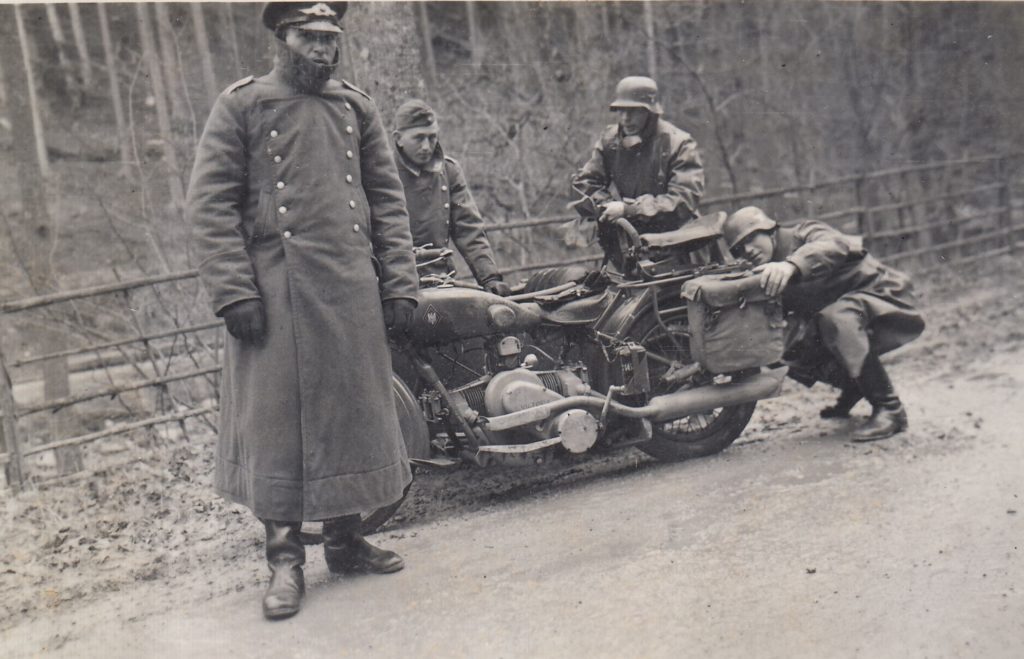
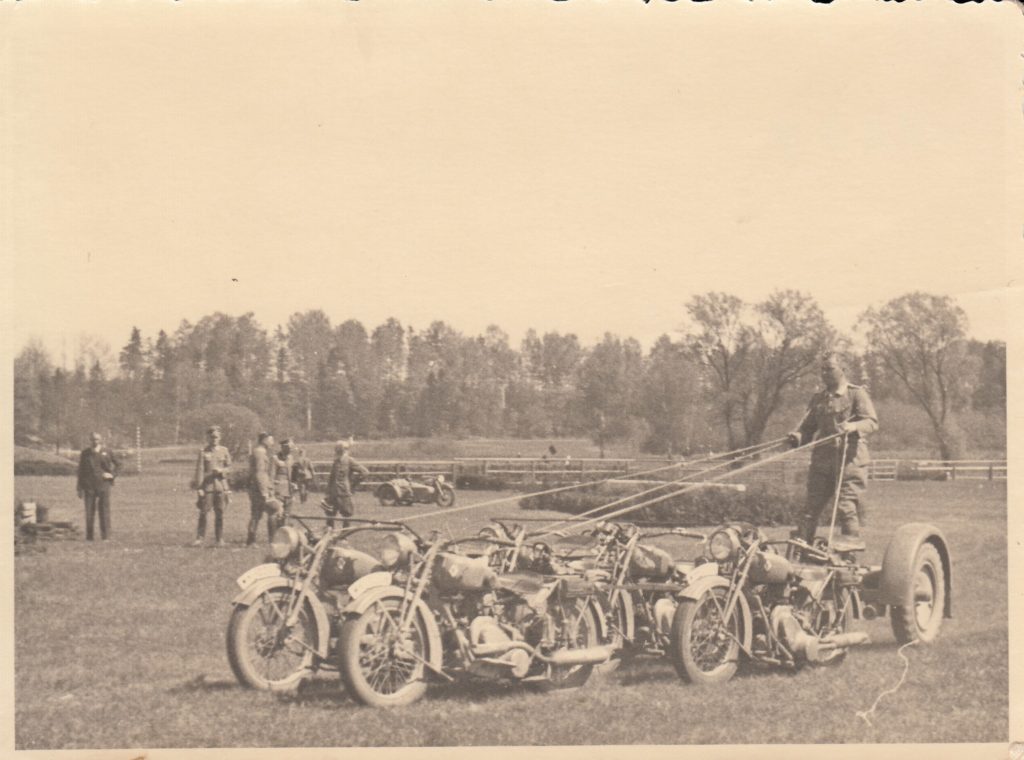
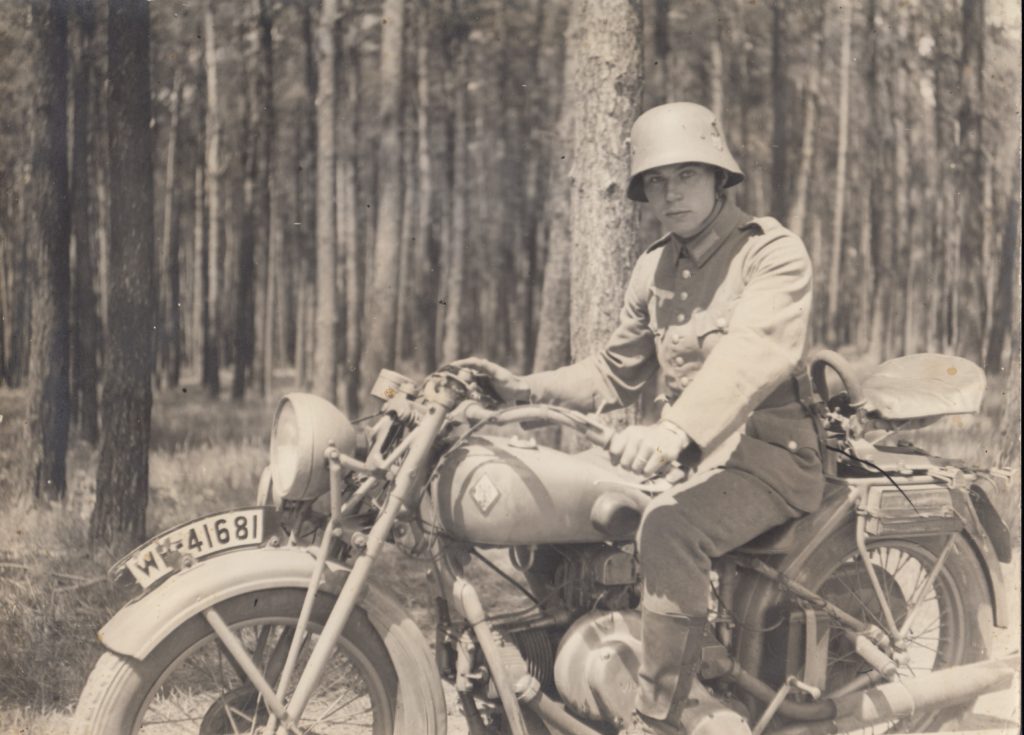
Victoria KR 6 “Bergmeister” model 1936 – 1938.
The only innovation over the 1933 models was the complete sealing of the valve springs. From a purely visual point of view, the entire engine block was now the best of what was produced at the Victoria plant in the two-cylinder engine line. Unfortunately, very few complete machines remain today, as most were destroyed at the front during World War II.
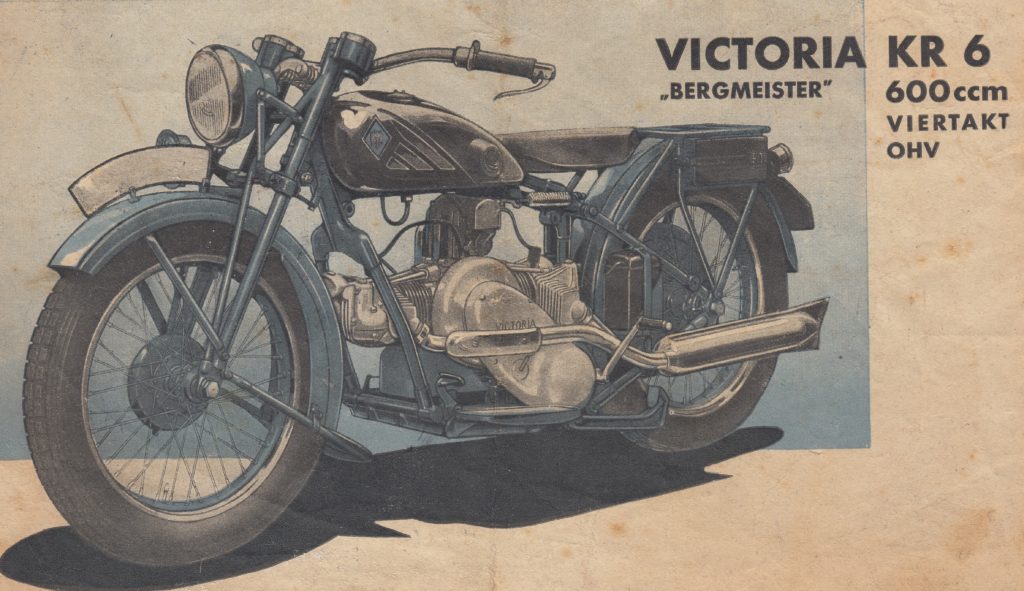
The motorcycle in the “Motorworld by V.Sheyanov” collection was found in a state of “everything seems to be here but in different boxes”. Based on measurements of the frame, as well as circumstantial evidence, we determined that our motorcycle belongs to the 1935 model range, the civilian version.
We plan to get our first impressions of how the famous two-cylinder German behaves next year, 2023, but in the meantime, we would be grateful for any information about a specific model. You can send an e-mail to the museum: info@motos-of-war.ru
Technical Specifications
| Manufacturer | Victoria-Werke AG, Germany | .
| years of manufacture | 1927 – 1938 | .
| Number, pcs | Cost | . |
| Cost in current prices | .. |
| MOTOR AND TRANSMISSION | .|
| Type | 2-cylinder, opposed, overhead valve |
| Engine displacement, cm3 | 596 | .
| Piston diameter and stroke, mm | Piston stroke in mm |
| Power output | . |
| ignition | .|
| Carburetor | |
| Accumulator | .|
| Clutch | .|
| Gearbox | 4-speed |
| Frame and wheelbase | .|
| Frame type | tubulae |
| Front suspension | parallelogram with friction dampers |
| Rear suspension | rigid |
| brakes | drum |
| Wheel size | |
| DIMENSIONS | .|
| Length, mm | |
| Width, mm | |
| Height, mm | |
| Wheelbase, mm | |
| Clearance, mm | |
| Mass, kg | |
| Petrol tank capacity, l | |
| Maximum speed, km/h | |
| Range, km | |
*- Data based on the results of the measurement on the “Motorworld by V.Sheyanov” exhibit.





